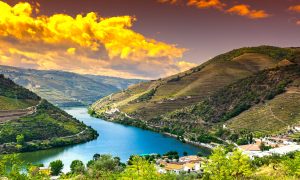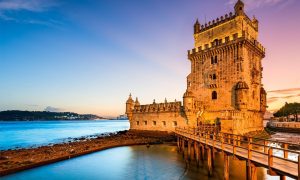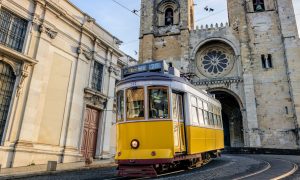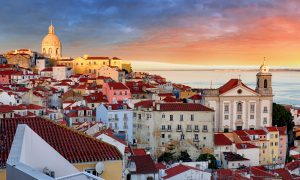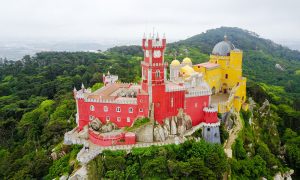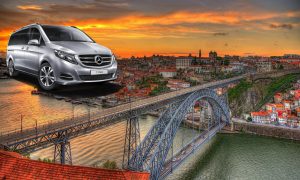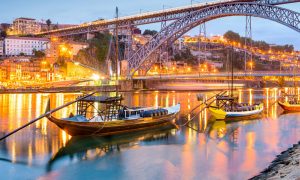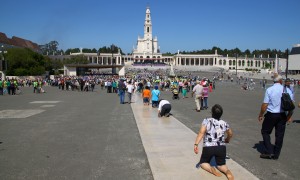Quaking with History: Lisbon’s 1755 Earthquake Shakes Things Up! ===
Prepare to be transported back in time to the fateful day when Lisbon, the vibrant capital of Portugal, was hit by one of the most devastating earthquakes in history. The year was 1755, and on that fateful morning of November 1st, the earth beneath Lisbon’s feet unleashed its fury, leaving behind a city in ruins. But fear not, dear readers, as we embark on a journey through history, we will unearth tales of resilience and rebirth, proving that Lisbon’s spirit can never be shaken!
Shake, Rattle, and Roll: Lisbon’s 1755 Earthquake Unleashed!
On that fateful day, as the sun rose above the Tagus River, Lisbon’s residents were going about their daily routines when the ground beneath them began to shake violently. The earthquake, estimated to have a magnitude of 8.5 to 9 on the Richter scale, brought chaos and destruction. Buildings crumbled, churches collapsed, and fires broke out, turning the city into a scene of utter devastation.
The tremors were felt not only in Lisbon but also across the country and even in parts of Spain, Morocco, and France. The seismic waves triggered a tsunami, with waves reaching as high as 20 meters (65 feet), wreaking havoc along the coastline. The combined impact of the earthquake, fires, and tsunami resulted in the loss of thousands of lives and left the city in ruins.
Unearthing the Past: Lisbon’s Quake Chronicles Come Alive!
In the aftermath of the earthquake, Lisbon’s residents faced the daunting task of rebuilding their beloved city from the ground up. With determination and resilience, they set out to reconstruct their homes and restore the city’s grandeur. The reconstruction efforts gave birth to a new architectural style known as the Pombaline, named after the Marquis of Pombal, who spearheaded the rebuilding process.
Today, the remnants of Lisbon’s earthquake can still be seen in the city. The Carmo Convent, a hauntingly beautiful ruin that stands as a reminder of the destruction, serves as a captivating testament to the power of nature. The Lisboa Story Centre, an interactive museum, takes visitors on a journey through time, allowing them to witness the devastation and understand the impact it had on Lisbon’s history.
Lisbon’s 1755 earthquake may have shaken the city to its core, but it also revealed the indomitable spirit of its people. Today, Lisbon stands as a vibrant and resilient capital, blending its rich history with modern charm. So, the next time you find yourself strolling through Lisbon’s charming streets, take a moment to reflect on the city’s tumultuous past and appreciate the strength and determination that rose from the rubble. After all, it is the scars of history that make Lisbon the extraordinary city it is today.

Gonzalo
Founder/Owner of The Lisbon Guide, one of the major blog references in Portugal, established in 2014 and receiving every year 250.000 visitors from all over the world, looking to provide the best experiences in Portugal. In partnership with Portugal Magik for all private tours and transfers across Portugal, Gonzalo loves a good seafood meal at Monte Mar Cascais, and all from Michelin Chef Avillez. Favorite Hotel in Lisbon/Portugal, Penha Longa Resort by Ritz Carlton.
For over 15 years, Gonzalo have been helping thousands of travelers yearly to plan a perfect trip to Portugal. Based in Lisbon/Cascais and working in this field for over 20 years, with multiple ongoing projects. Also an avid TripAdvisor user level 6 with more than 300.000 readers worldwide.
Many years working also as a Private Guide of Lisbon, Sintra, Fatima, Porto, Douro Valley, Evora, and other locations in Portugal.







